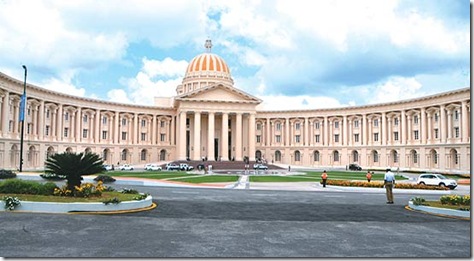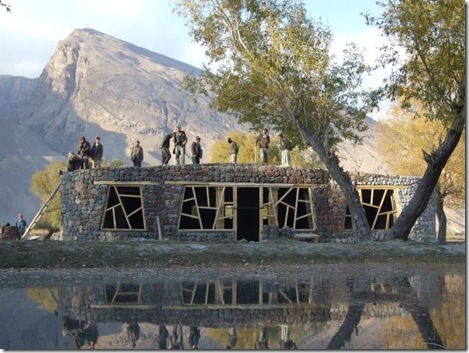VERTICAL LIMITS WHAT STOPS INDIA FROM TESTING HIGHER GROUNDS?
By Preeti Parashar / Indian Express
As the world’s tallest building, the 828-metreBurj Khalifa, alters the skyline of Dubai, other nations look on to join the race of tallest skyscrapers! Countries across the globe have been modifying their policies for developers and engineers to innovate and explore new designs. Where does India stand in this race? Do we have policies or guidelines that can make these skyscrapers a reality in India in the next ten years? The answers are still uncertain.
Given India’s low floor space index (FSI) policy—government regulations that allow specific number of building floors based on the land area, thus determining heights. India doesn’t have many skyscrapers (defined as buildings of over 24 m in height). As of now, except a 300-metre-high TV tower at Worli, Mumbai, India cannot boast of many tall buildings. Shreepati Arcade, constructed in 2002 is another tall building in the city with 45 floors and a height of 153 metres. Soon two residential towers in Mumbai—Imperial Towers (149 m) and India Tower (a hotel, 301 m)—will be completed.


